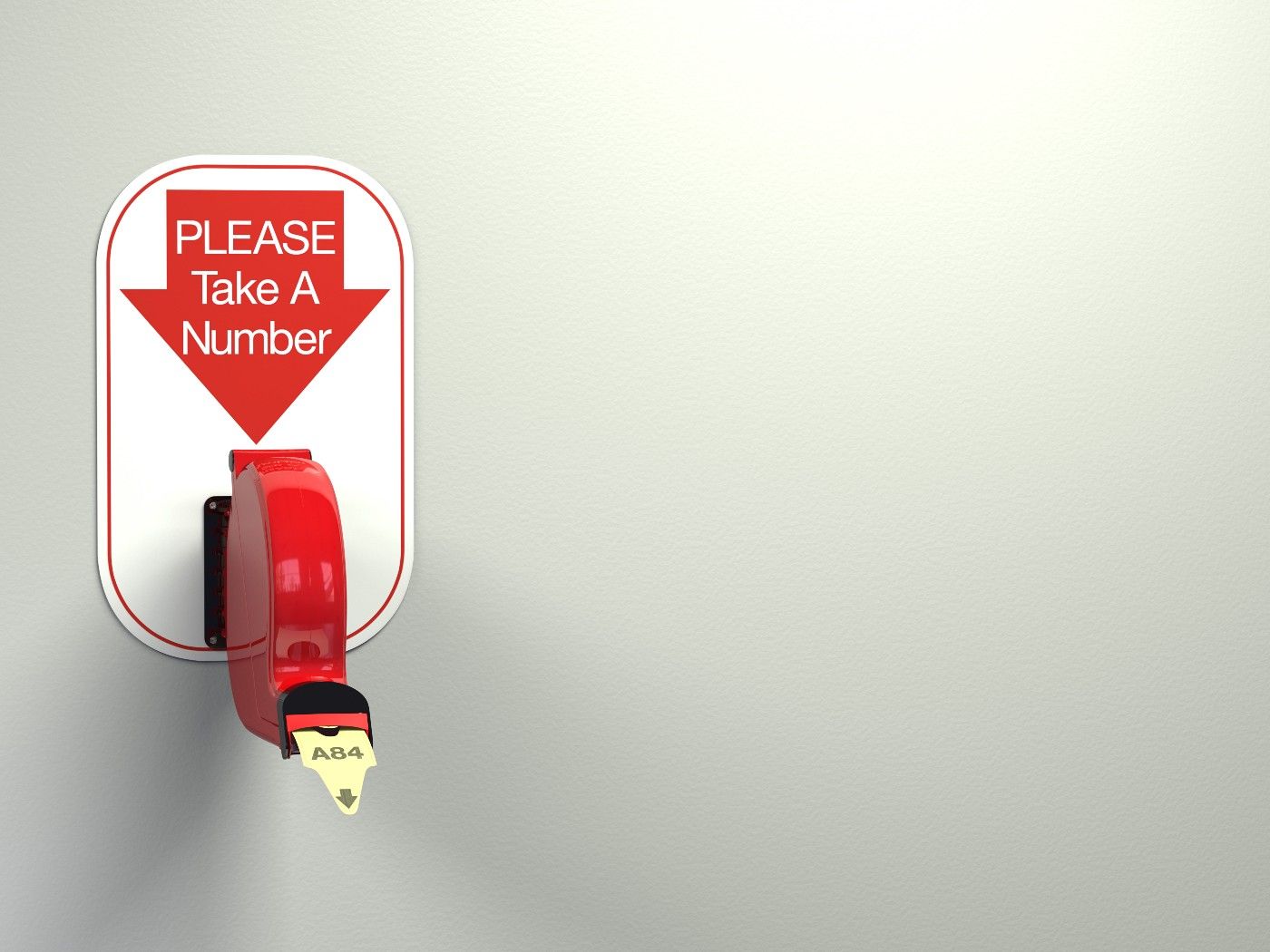Reasoning About Ownership
Car ownership is a funny thing.
For a lot of assets, if I am in possession of it, then I own it. If I paid money for it and I have the keys and it is sitting in my driveway, then that is all there is to it. This is true for the cash in your wallet, the treasury bonds in your safety deposit box, and the gold bars in your vault. These assets are bearer instruments. He who bears them, owns them. Not so with cars.

In addition to the car itself, I also have a title for my car. Someone can hot-wire the vehicle and drive off from my driveway, but if I have the title, I can still prove that it is mine and discredit the thief. But is the title a bearer asset? What if I left the title in the glovebox and now both car and title are in the hands of this bandit?
The title represents proof of ownership, but is not a bearer asset itself either. Rather, a car is a registered asset. The ultimate authority on whether or not you own your car is a database created and updated by your local DMV. That’s what you spend hours waiting in line for. Despite the existence of the asset itself and a title for that asset, there is no bearer instrument here.
Thinking about these layers of cars, titles, and registrations is helpful for reasoning about assets and ownership.
In considering blockchain technology and the cryptocurrencies and tokens that exist on top of these protocols, you should always start by reasoning about assets and ownership.
Bitcoin is a bearer asset. It exists as a standalone digital instrument. This is analogous to possession of the car being sufficient for ownership — and this is why, if someone makes off with your bitcoin holdings, you don’t have much in the way of recourse.
Blockchain-based instruments might also exist as claims. This would be akin to the title of a car acting as a bearer asset. This presents a last mile problem: how do you link the title or claim to the underlying good? For physical goods, it will probably take advances in IoT to solve this problem. For everything else, the solution will rest on legal frameworks with open questions of enforceability.
Finally, there are some assets that claim to be blockchain-based, but still rely on a central registry system. If a central authority (like the DMV) gets to determine ownership of the asset, that asset should not be using a blockchain. Conversely, if a token makes claims of being backed by a blockchain protocol or gets described as decentralized, but in practice seems to use a central registry, you might want to take a harder look. The system might not be as “trustless” as advertised.